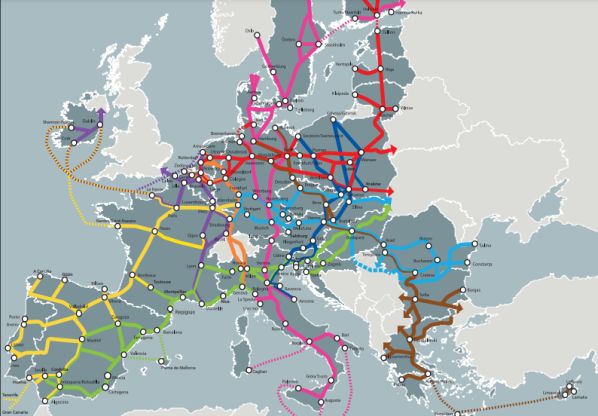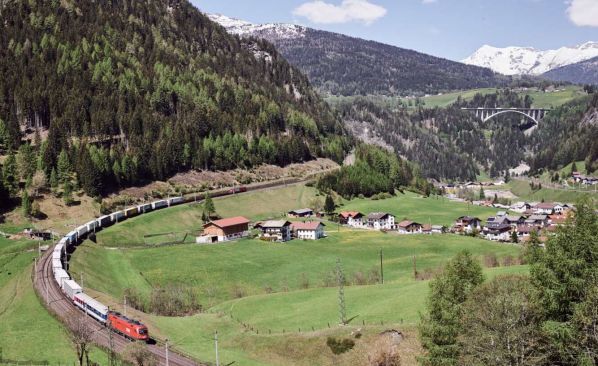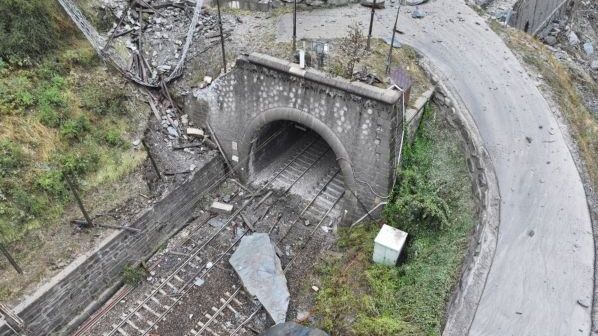THE European Parliament and the European Council agreed on December 18 to significantly step up efforts to build “a sustainable and resilient” Trans-European Transport Network (TEN-T) network by agreeing to strong incentives to increase the use of more sustainable forms of transport, and to encourage greater use of intermodal services.
The revised TEN-T Regulation will set several mandatory targets:
- ERTMS must be rolled out on the entire TEN-T network and national legacy Class B systems must be decommissioned progressively to incentivise the supply industry to invest in ERTMS
- core TEN-T passenger lines must allow trains to travel at 160km/h or faster by 2040
- airports handling more than 12 million passengers annually must be connected by long-distance rail to improve connectivity and strengthen the competitiveness of rail versus domestic flights
- the number of transhipment terminals must increase to meet demand, and handling capacity at freight terminals must improve, coupled with steps to allow the operation of 740m freight trains across the network with the aim of shifting more freight onto rail and developing intermodal transport
- all 430 major cities along the TEN-T network must develop a Sustainable Urban Mobility Plan to promote zero and low emission transport, and
- transport links with neighbouring non-EU countries will be improved by integrating Ukraine, Moldova and the six Western Balkan partners into newly established European Transport Corridors.

“To assure the timely completion of the network by 2030 for the core network, 2040 for the extended core network, and 2050 for the comprehensive network, the agreement also includes better governance by for example implementing acts for the main cross-border sections and other specific national sections along the nine European Transport Corridors,” says the European Commission.
“This, together with greater alignment between national transport and investment plans and TEN-T objectives, will ensure coherence when priorities are set for infrastructure and investment.
The political agreement reached on December 18 must now be adopted formally. Once this process is completed by the European Parliament and the Council, the new rules will be published in the Official Journal of the European Union and enter into force 20 days later.
The revised TEN-T Regulation is part of the European Green Deal, the EU's long-term growth strategy to make the EU climate-neutral by 2050.
“This is a landmark agreement for the EU,” says transport commissioner, Ms Adina Vălean. “Europe needs a transport network that addresses the mobility concerns of our citizens and businesses, both sustainable and resilient, and that builds a bridge with our neighbours, in particular Ukraine, Moldova and the Western Balkans. We are now equipped to complete that network.”




